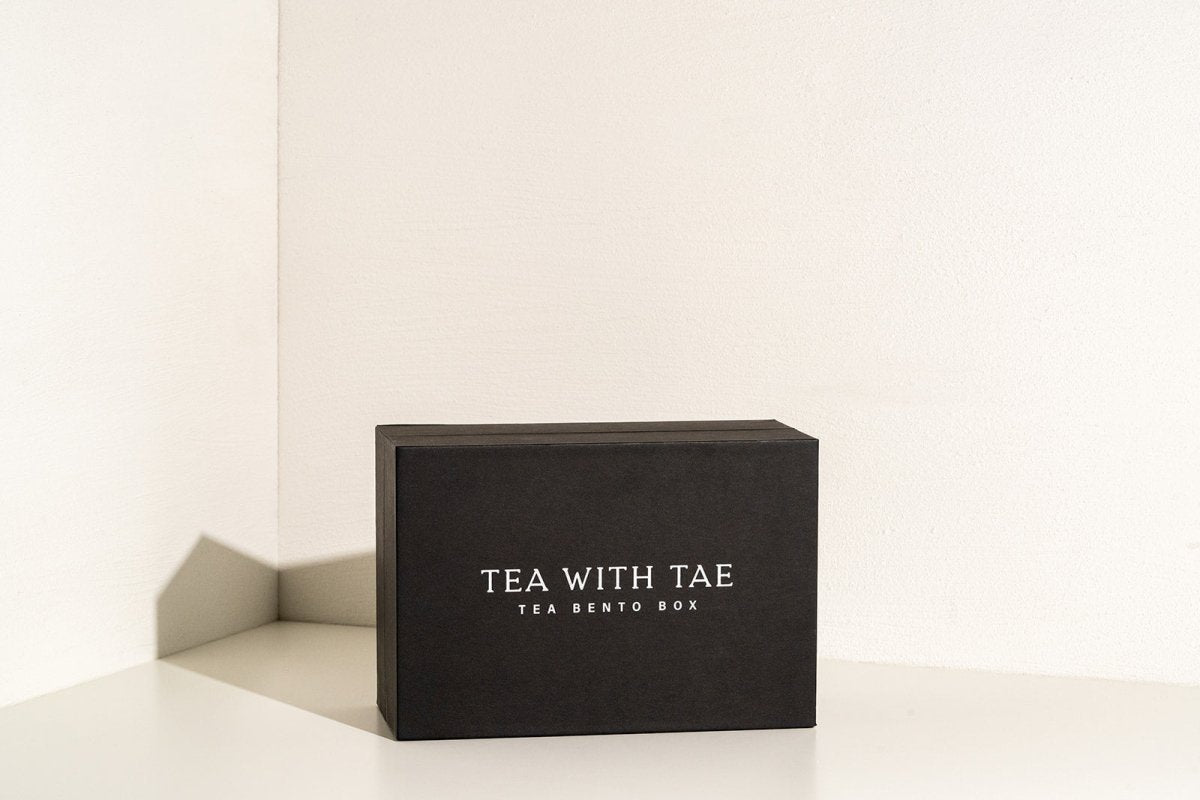
The History of 'Bento'
Special thanks to Yoko Watanabe and Nobuisha Yoda for reviewing drafts of this article and for providing invaluable comments and feedback. Also, special thanks to the Japan America Society of Colorado (JASC) for supporting Tea with Tae in our efforts to bring authenticity to our products and cultural education to our customers.
Although the origin of the “bento” has not been clarified with 100% certainty, we do know that the “bento” was (and still is) an integral part of Japanese culinary history. The word "bento" (弁当) literally translates to "useful thing" or "convenient," but the word has a double-meaning that means "container (for meals)" or "lunch box,” i.e., a meal that can be carried outside of one’s home.
Modern day bento box, © Dllu, Creative Commons
One of the first recorded uses of a bento-style box was during the Yayoi period (300 BC - 300 AD), where triangle-shaped carbonized rice, known as onigiri, was carried in a portable box. In the 12th century during the Kamakura period, Japanese workers began carrying cooked and dried rice called hoshi-ii (干し飯) to work in bento-style boxes with separate compartments. The workers were primarily humble farmers and fishermen.

Onigiri
But it wasn’t until the 16th century that the term “bento” was coined. Some people say the word “bento” originated with the famous military commander Oda Nobunaga, who fed large numbers of people at his castle by preparing and dividing meals into a plate for each guest. The word “bento” was also defined in 1597 in the Setsuyō-shū (節用集), a popular Japanese dictionary. The popularity of the bento spread to high society during the 16th century and became more refined. The bento became a staple for outdoor events, tea parties, and hanami (the practice of viewing cherry blossoms when they are in full bloom). The type of bento during this period was known as the koshibento (腰弁当) or "waist bento" because travelers and sightseers would carry the bento on their waist. The bento usually consisted of onigiri wrapped with bamboo leaves.
In the 19th and 20th centuries during the Meiji period, the ekibento or ekiben (駅弁当) was invented. Ekiben literally translates to "train station bento." These bentos were sold at train stations to travelers and contained rice balls with pickled daikon (Japanese yellow pickled radish).

Ekibento
After the advent of the microwave in the 1980s and the proliferation of convenience stores, new styles of bentos were introduced. The traditional wood and metal boxes were replaced with less expensive plastic and microwave-safe materials. Today, numerous styles of bentos exist all across the world. In fact, the subreddit r/Bento dedicated to "creative bento art" has nearly 68,000 members. It is no secret that the bento covers a wide variety of styles. Here are some examples:
-
Ekiben (駅弁): A packed meal sold at railway stations.
-
Kyaraben (キャラ弁 short form of キャラクター弁当): Ingredients are elaborately arranged to feature a popular character of popular culture, animals, plants, etc.
-
Makunouchi bento (幕の内弁当): The traditional style of bento that was served at the theatre. It contains several dishes: rice, meat, fish, egg, a pickled plum, vegetables.
-
Noriben (海苔弁): Simple in nature, where the rice is covered by nori (seaweed).
-
Hinomaru bento (日の丸弁当): Resembles the Japanese flag with a pickled plum “ume-boshi” in the center of steamed white rice packed in a rectangular bento box.
- Osechi Ryori (お節料理): traditional Japanese New Year foods that come in an assortment of colorful dishes packed together in special boxes called jūbako (重箱), which is a special type of bento box. Each dish in the osechi ryori has a special meaning in welcoming the New Year.
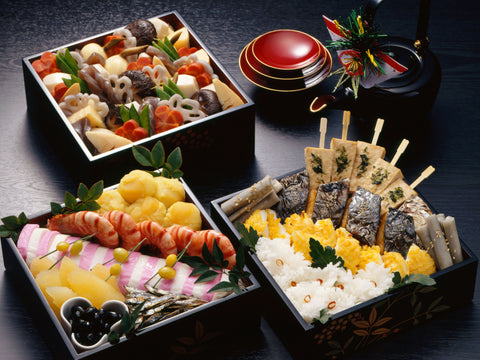
Osechi Ryori
At Tea with Tae, our goal with the Tea Bento Box is to honor Japanese culture and to bring a sense of “omomuki” (趣き) (charm, grace, refinement) to the recipient. We want to transport the tea-drinker on an adventure that explores not only Japanese aesthetics, but also other cultures and traditions that are associated with the different geographic regions from where we source each unique tea blend. Our hope is that we can bring you a little slice of the world with every sip.
どうぞ、おたのしみください。 We hope you enjoy!

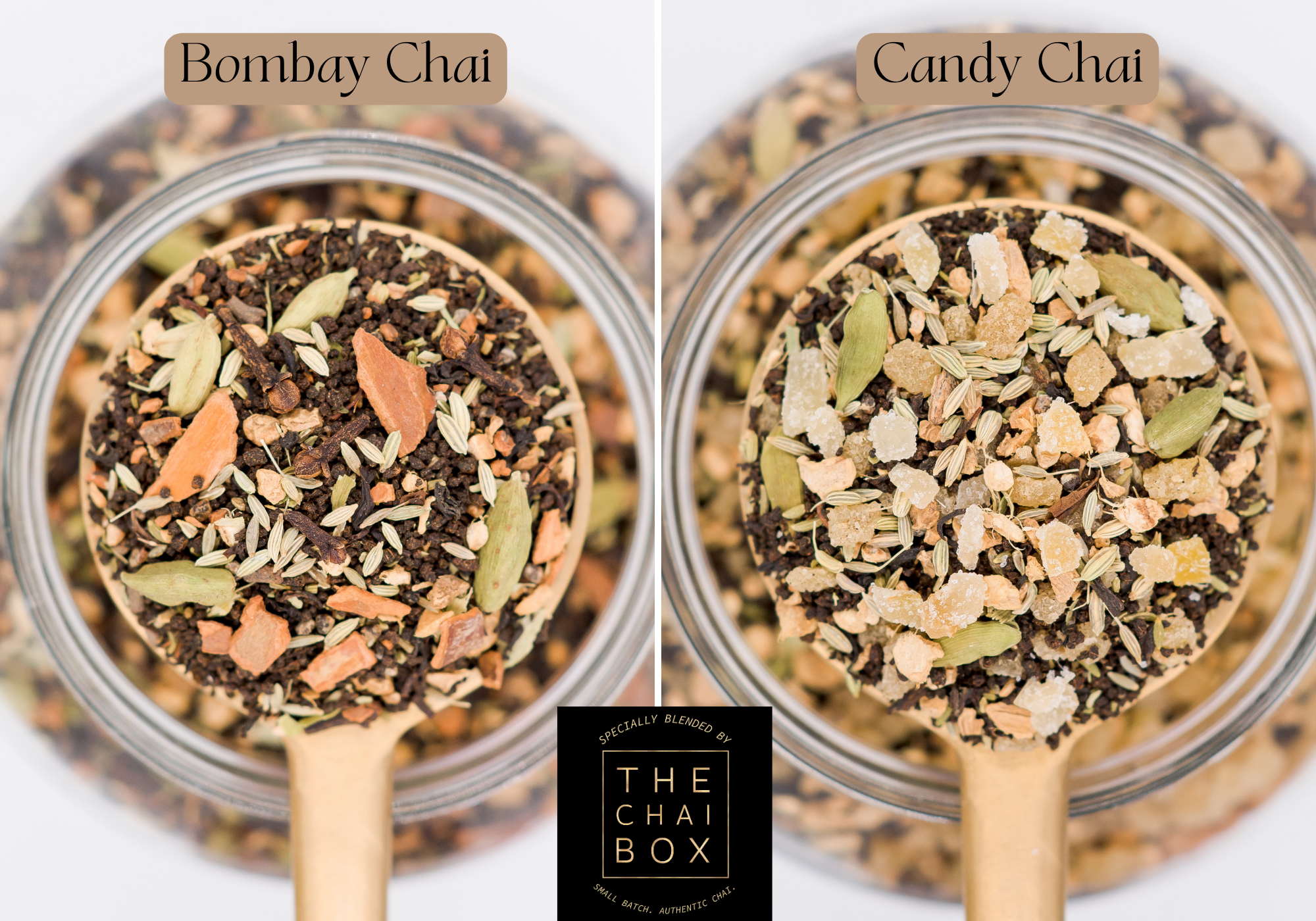
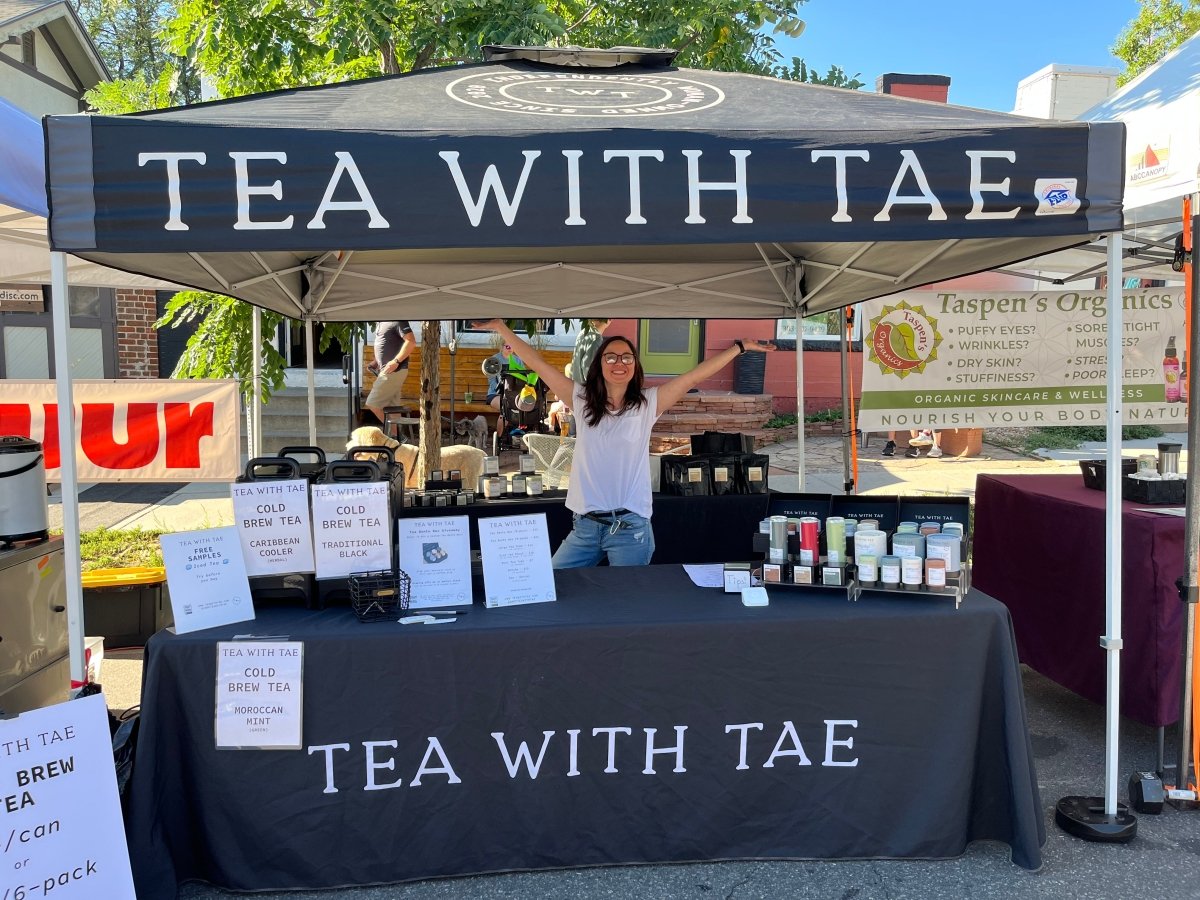
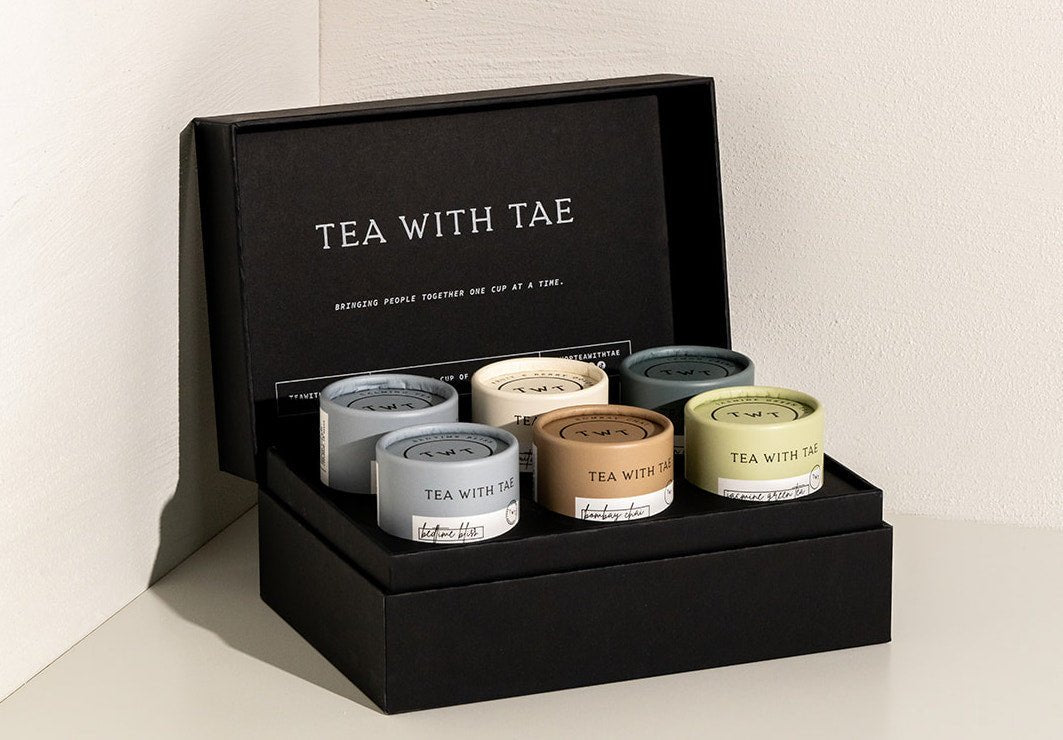
Leave a comment
This site is protected by hCaptcha and the hCaptcha Privacy Policy and Terms of Service apply.